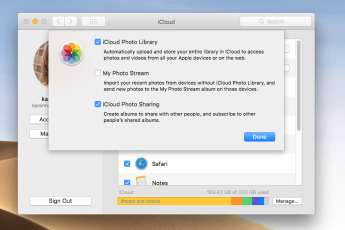
When it comes to savings accounts, interest rates play a critical role in determining how fast your money grows. The higher the interest rate, the more your savings will accumulate over time. In this comprehensive guide, we will delve into the topic of savings account interest rates, providing insights on how to find the best rates, factors to consider, and strategies to maximize your savings potential.
Understanding Savings Account Interest Rates:
Savings account interest rates refer to the percentage of interest your money earns over a specific period. These rates can vary significantly among financial institutions and account types. It’s important to note that interest rates can be either fixed or variable. Fixed rates remain the same over the account’s duration, while variable rates can change based on market conditions.
Researching Financial Institutions:
To find the best savings account interest rates, start by researching reputable financial institutions. Look beyond well-known banks and consider online banks, credit unions, and community banks, as they often offer competitive rates. Utilize online resources and comparison websites to compare interest rates across different institutions. Pay attention to the institution’s reputation, financial stability, and customer reviews to ensure reliability.
Differentiating Between Account Types:
Various types of savings accounts exist, and each may offer different interest rates. Standard savings accounts, high-yield savings accounts, money market accounts, and certificates of deposit (CDs) are some common options. High-yield savings accounts typically offer higher interest rates, but they may have additional requirements, such as minimum balances or limited transactions. CDs, on the other hand, offer fixed interest rates but require you to keep your money locked for a specific term.
Assessing Account Requirements:
While interest rates are crucial, it’s equally important to evaluate the requirements associated with the savings account. Some accounts may have minimum balance requirements, monthly maintenance fees, or transaction limitations. Consider your financial situation and banking needs to find an account that aligns with your preferences. Look for accounts with minimal fees and reasonable balance requirements to maximize your savings potential.
Considering Online Banks:
Online banks have gained popularity in recent years due to their competitive interest rates. These banks often have lower overhead costs, allowing them to offer higher rates compared to traditional brick-and-mortar banks. Research online banks and carefully review their terms and conditions, customer service, and online banking features. Many online banks also provide user-friendly mobile apps and robust digital tools for convenient account management.
Exploring Promotional Offers:
Financial institutions frequently run promotional offers to attract new customers. These offers may include higher interest rates for a limited period, sign-up bonuses, or other incentives. Stay informed about ongoing promotions and take advantage of these opportunities to secure higher interest rates for your savings. However, ensure you read the fine print and understand any terms or conditions associated with the promotional offer.
Consideration of Compounding Frequency:
When comparing savings account interest rates, also consider the compounding frequency. Compounding refers to the process of earning interest on both the principal amount and accumulated interest. The more frequent the compounding, the faster your savings will grow. Look for accounts that compound interest daily or monthly, as it can significantly boost your overall earnings over time.
Regularly Reviewing and Adjusting:
Once you’ve selected a savings account with a competitive interest rate, make it a habit to regularly review your account’s performance. Monitor changes in interest rates, account fees, and promotions offered by other institutions. If you find a better opportunity, consider switching accounts, but be mindful of any penalties or restrictions associated with account closures.
Conclusion:
Finding the best savings account interest rates requires thorough research, understanding account types, assessing requirements, and staying informed about promotional offers. By selecting an


